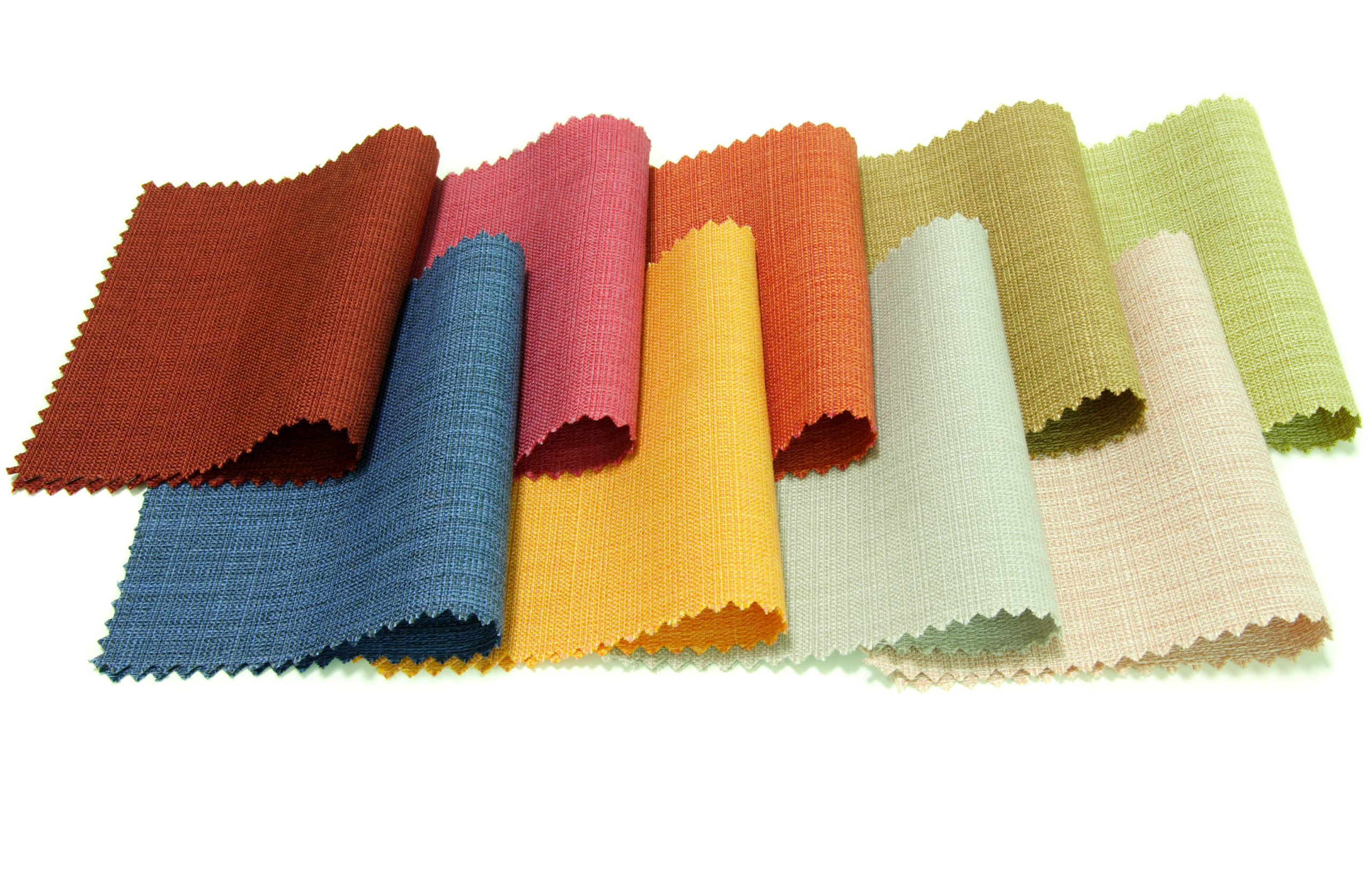Understanding Fabric Weight: A Guide for Designers

Introduction
Fabric weight is one of the most important yet often overlooked characteristics in textile and fashion design. The weight of a fabric influences everything from its drape and appearance to its durability and appropriate uses. Whether you're designing clothing, upholstery, or accessories, understanding fabric weight is essential for creating successful designs.
Common Fabric Weight Measurements
Fabric weight is typically measured in one of two ways:
Grams per Square Meter (GSM)
GSM is the metric measurement of fabric weight and is used internationally. It indicates how many grams a one-square-meter piece of fabric weighs. The higher the GSM number, the heavier and typically thicker the fabric.
Ounces per Square Yard (oz/yd²)
This imperial measurement is commonly used in the United States. It indicates how many ounces a one-square-yard piece of fabric weighs. Like GSM, higher numbers indicate heavier fabrics.
Conversion Formula:
To convert between these measurements:
- GSM = oz/yd² × 33.906
- oz/yd² = GSM ÷ 33.906
Our Fabric Weight Converter tool can help you quickly convert between these measurements.
Fabric Weight Categories
While exact classifications can vary by industry and fabric type, here's a general guide to fabric weight categories:
Lightweight Fabrics (Less than 150 GSM / 4.5 oz/yd²)
- Examples: Chiffon, organza, lightweight silk, voile, gauze
- Characteristics: Sheer, delicate, flowing, often semi-transparent
- Common uses: Summer clothing, lingerie, scarves, overlays, linings
Medium-weight Fabrics (150-300 GSM / 4.5-9 oz/yd²)
- Examples: Cotton shirting, poplin, jersey, lightweight denim, linen
- Characteristics: Versatile, balanced drape, opaque
- Common uses: Shirts, dresses, skirts, lightweight pants, bedding
Heavy-weight Fabrics (300-450 GSM / 9-13 oz/yd²)
- Examples: Standard denim, twill, gabardine, medium-weight upholstery fabrics
- Characteristics: Substantial, structured, durable
- Common uses: Jeans, jackets, structured garments, medium-duty upholstery
Very Heavy-weight Fabrics (Over 450 GSM / 13 oz/yd²)
- Examples: Heavy denim, canvas, duck cloth, heavyweight upholstery fabrics
- Characteristics: Very durable, stiff, minimal drape
- Common uses: Outerwear, heavy-duty upholstery, bags, tents, workwear
How Fabric Weight Affects Design
Drape
Drape refers to how a fabric hangs or falls. Lightweight fabrics typically have more fluid drape, while heavier fabrics are more structured. The drape of a fabric significantly impacts the silhouette of a garment or the appearance of home furnishings.
Seasonality
Fabric weight often determines the appropriate season for a garment. Lightweight fabrics are better for warm weather, while heavier fabrics provide warmth and are suitable for colder seasons.
Structure and Support
Heavier fabrics can maintain shape and provide structure to designs. They're often used when a garment needs to hold a specific form or silhouette.
Durability
Generally, heavier fabrics tend to be more durable and resistant to wear and tear, making them suitable for items that need to withstand frequent use.
Designer Tip:
When selecting fabrics, always request samples and check the weight specification. The same type of fabric (e.g., cotton) can vary dramatically in weight depending on how it's woven or knitted.
Common Misconceptions About Fabric Weight
Weight Doesn't Always Equal Thickness
While heavier fabrics are often thicker, this isn't always the case. A densely woven silk might be heavier than a loosely woven cotton despite being thinner.
Heavier Isn't Always Better
The appropriate weight depends entirely on the intended use. A heavyweight fabric would be inappropriate for a flowing summer dress, just as a lightweight fabric would fail as upholstery.
Conclusion
Understanding fabric weight is fundamental to successful design. It affects not only the appearance and feel of your creations but also their functionality and suitability for specific uses. By mastering the concepts of fabric weight, you'll be better equipped to select the perfect materials for your design projects.
Remember that fabric weight is just one of many characteristics to consider when selecting textiles. Fiber content, weave, stretch, and finish all interact with weight to determine a fabric's overall properties.
Need to convert fabric weights?
Our Fabric Weight Converter tool makes it easy to convert between GSM and oz/yd² for your design projects.
Try Our Fabric Weight Converter